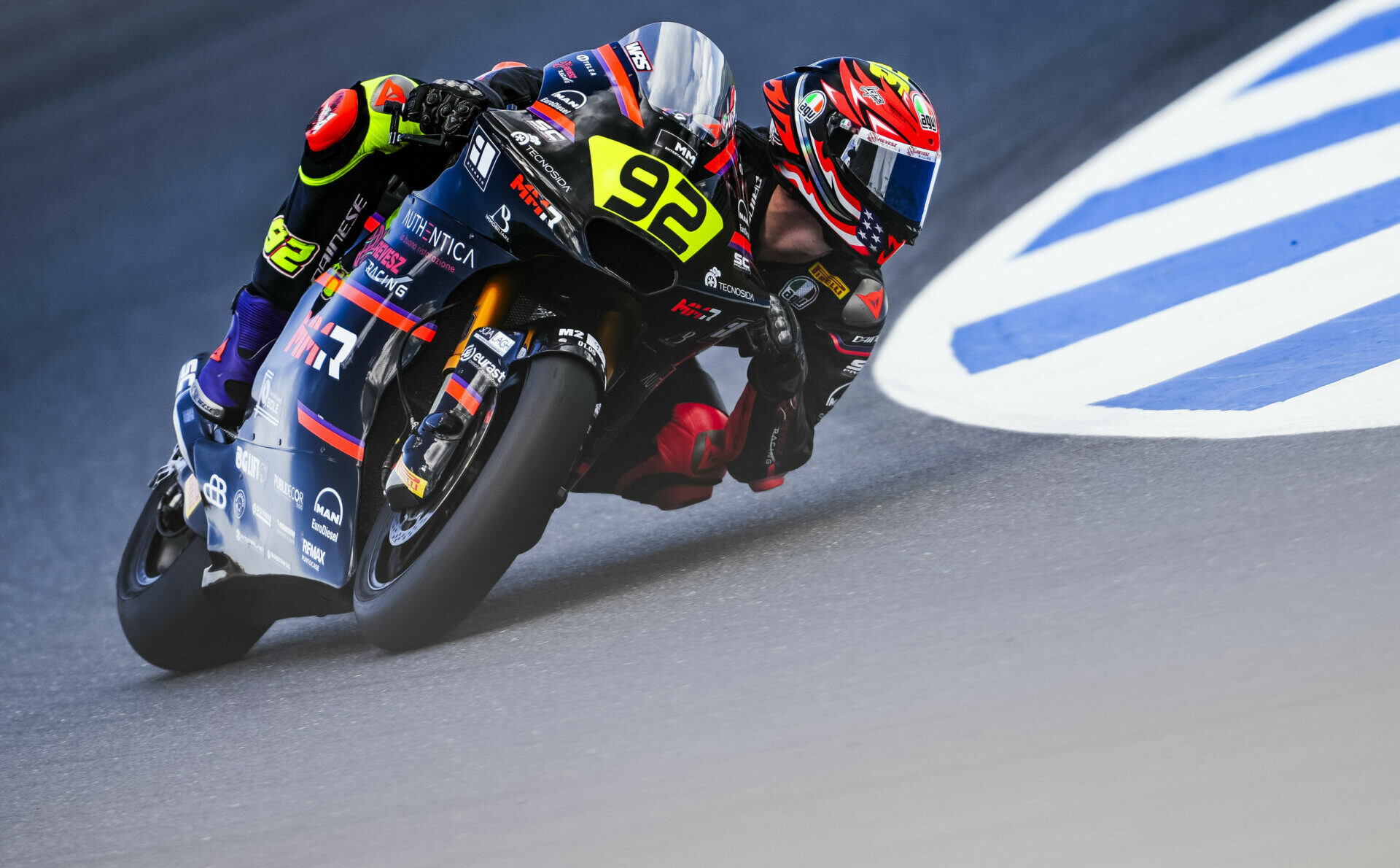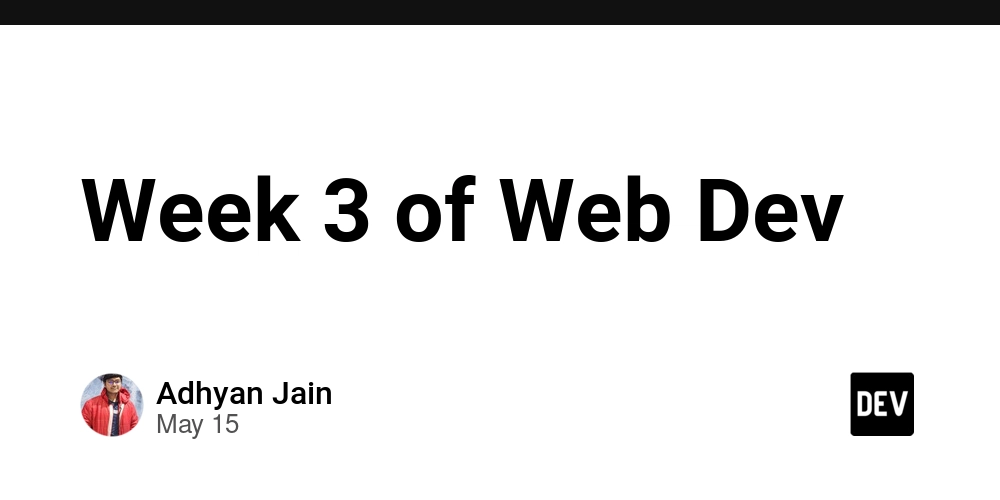Analyzing V8’s Hidden Classes for Performance Insights
Analyzing V8’s Hidden Classes for Performance Insights Introduction JavaScript has evolved remarkably since its inception in the mid-1990s, with engines such as V8 powering the performance of modern web applications and server-side environments like Node.js. One of the lesser-known yet powerful optimizations within the V8 engine is the concept of Hidden Classes. This article provides an in-depth analysis of hidden classes, exploring their historical context, technical intricacies, performance implications, application in real-world scenarios, and advanced debugging techniques, thus arming senior developers with the knowledge to leverage these concepts for maximizing JavaScript performance. Historical Context V8 was developed by Google and is known for its high-performance execution of JavaScript. Early versions of JavaScript engines used a simple model based on interpreters, which turned out to be inefficient for large applications. The need for optimization led to the introduction of Just-In-Time (JIT) compilation, where frequently executed code paths are compiled into native machine code. Around 2010, Google introduced Hidden Classes as part of efforts to enhance dynamic property access and method calls. This was motivated by the realization that JavaScript is an object-oriented language with prototypes that can be difficult to optimize due to its dynamic nature. Hidden classes allow for more efficient management of object memory layouts and property accesses, contributing significantly to performance improvements. Understanding Hidden Classes What Are Hidden Classes? Hidden classes are internal representations used by the V8 engine to optimize the access to object properties. When an object is created in JavaScript, instead of being assigned a class in the traditional sense (like in strongly-typed languages), it is associated with a "hidden class". Essentially, hidden classes allow V8 to remember the structure of objects at runtime, optimizing the performance of property access through predictable memory layouts. How Hidden Classes Work When JavaScript code executes, V8 analyzes the pattern of the objects being created. Based on property assignments and their order, V8 dynamically creates hidden classes. These hidden classes undergo state transitions depending on how properties are added or removed from objects. Here's a simple illustration: let obj = { a: 1, b: 2 }; // obj has a hidden class H1 obj.c = 3; // This triggers a state transition to H2 // obj has now transitioned to hidden class H2 State Transitions When properties are added, accessed, or removed, V8 goes through a series of state transitions which can be visualized as follows: Initial State (H0): An object with no properties. After Addition (H1): Adding a property moves the object to a new state. Subsequent Additions: Each addition or removal can further transition the hidden class. For example: function createObject() { let obj = {x: 100}; // H0 to H1 transition obj.y = 200; // H1 to H2 transition return obj; } Mass Assignment vs. Sparse Objects Hidden classes work best with objects that are structured and follow a predictable pattern. When mass assignment of properties occurs (like when using a loop to assign many properties), V8 can optimize access more effectively than if properties are assigned sporadically. On the contrary, sparse objects with unpredictable property additions may lead to more cache misses, reducing performance. Thus, careful design of object structures can prevent hidden class fragmentation. Code Example: Building and Transitioning Hidden Classes function createCells() { let cell1 = { status: 'alive', neighbors: 3 }; // H0 let cell2 = { status: 'dead', neighbors: 4 }; // H1 // Additional status transition cell1.age = 1; // H2 for cell1 cell2.age = 2; // H2 for cell2 } // Using factory functions to generate cells. for (let i = 0; i

Analyzing V8’s Hidden Classes for Performance Insights
Introduction
JavaScript has evolved remarkably since its inception in the mid-1990s, with engines such as V8 powering the performance of modern web applications and server-side environments like Node.js. One of the lesser-known yet powerful optimizations within the V8 engine is the concept of Hidden Classes. This article provides an in-depth analysis of hidden classes, exploring their historical context, technical intricacies, performance implications, application in real-world scenarios, and advanced debugging techniques, thus arming senior developers with the knowledge to leverage these concepts for maximizing JavaScript performance.
Historical Context
V8 was developed by Google and is known for its high-performance execution of JavaScript. Early versions of JavaScript engines used a simple model based on interpreters, which turned out to be inefficient for large applications. The need for optimization led to the introduction of Just-In-Time (JIT) compilation, where frequently executed code paths are compiled into native machine code.
Around 2010, Google introduced Hidden Classes as part of efforts to enhance dynamic property access and method calls. This was motivated by the realization that JavaScript is an object-oriented language with prototypes that can be difficult to optimize due to its dynamic nature. Hidden classes allow for more efficient management of object memory layouts and property accesses, contributing significantly to performance improvements.
Understanding Hidden Classes
What Are Hidden Classes?
Hidden classes are internal representations used by the V8 engine to optimize the access to object properties. When an object is created in JavaScript, instead of being assigned a class in the traditional sense (like in strongly-typed languages), it is associated with a "hidden class". Essentially, hidden classes allow V8 to remember the structure of objects at runtime, optimizing the performance of property access through predictable memory layouts.
How Hidden Classes Work
When JavaScript code executes, V8 analyzes the pattern of the objects being created. Based on property assignments and their order, V8 dynamically creates hidden classes. These hidden classes undergo state transitions depending on how properties are added or removed from objects.
Here's a simple illustration:
let obj = {
a: 1,
b: 2
};
// obj has a hidden class H1
obj.c = 3; // This triggers a state transition to H2
// obj has now transitioned to hidden class H2
State Transitions
When properties are added, accessed, or removed, V8 goes through a series of state transitions which can be visualized as follows:
- Initial State (H0): An object with no properties.
- After Addition (H1): Adding a property moves the object to a new state.
- Subsequent Additions: Each addition or removal can further transition the hidden class.
For example:
function createObject() {
let obj = {x: 100}; // H0 to H1 transition
obj.y = 200; // H1 to H2 transition
return obj;
}
Mass Assignment vs. Sparse Objects
Hidden classes work best with objects that are structured and follow a predictable pattern. When mass assignment of properties occurs (like when using a loop to assign many properties), V8 can optimize access more effectively than if properties are assigned sporadically.
On the contrary, sparse objects with unpredictable property additions may lead to more cache misses, reducing performance. Thus, careful design of object structures can prevent hidden class fragmentation.
Code Example: Building and Transitioning Hidden Classes
function createCells() {
let cell1 = { status: 'alive', neighbors: 3 }; // H0
let cell2 = { status: 'dead', neighbors: 4 }; // H1
// Additional status transition
cell1.age = 1; // H2 for cell1
cell2.age = 2; // H2 for cell2
}
// Using factory functions to generate cells.
for (let i = 0; i < 10000; i++) {
createCells();
}
In the example above, we initiate hidden classes H0 and H1, followed by a state transition to H2 when a new property (age) is added.
Real-World Applications and Use Cases
Hidden classes are fundamentally important for performance-intensive applications and scenarios where object manipulation is prevalent:
1. Web Frameworks
Frameworks like React leverage hidden classes for efficiently rendering components. When properties of components do not change, the underlying object structure remains the same, fully utilizing hidden classes' optimizations.
2. Game Development
In gaming applications, where performance is critical, the dynamic allocation and reallocation of game entities (characters, levels, etc.) can significantly benefit from using hidden classes strategically, minimizing layout changes.
3. Data Processing Engines
Libraries that process large arrays of data (like D3.js) rely on the efficiency of hidden classes to update the DOM in response to data changes swiftly. Predictable object shapes can help maintain performance across large datasets.
Performance Considerations and Optimization Strategies
While hidden classes enhance performance, they require careful structuring of object properties to fully leverage their potential:
- Minimize Property Additions: Avoid dynamically adding properties to objects. Instead, declare properties upfront.
- Use Constructor Functions: Consider using class instances or constructor functions to define the structure of objects predictably.
- Avoid Sparse Arrays and Objects: While they allow lots of flexibility, they can lead to hidden class fragmentation and significantly hinder performance.
- Prototype Chain Management: Use prototype references wisely to maintain consistency among similar object structures.
Advanced Performance Profiling
Developers can utilize the V8 profiler or Chrome DevTools to identify the impact of hidden classes on performance. By monitoring JavaScript heap snapshots, one can observe hidden class transitions and object allocations, offering insights into performance bottlenecks.
console.profile('profile-hidden-classes');
createCells(); // Run your optimized code here
console.profileEnd();
Potential Pitfalls
- Frequent State Transitions: Each time you add or delete a property, V8 might create a new hidden class or transition to another, leading to possible performance degradation.
- Garbage Collection Pressure: Excessive creation of new hidden classes can trigger GC more often.
Debugging Techniques
-
Use
--trace-hidden-classes: Launch V8 with this flag to log hidden class transitions in the console, aiding in tracking how and when your objects change their hidden classes. - Memory Profiling: Utilize memory profiling tools to observe excess hidden classes being created and potentially reduce unnecessary transitions.
node --trace-hidden-classes yourScript.js
Conclusion
Hidden classes in V8 are a powerful optimization mechanism, enabling JavaScript to perform efficiently even in environments defined by dynamic typing and object-oriented paradigms. A nuanced understanding of how hidden classes work allows developers to write better-performing code and make informed decisions about data structure design.
By following the strategies outlined in this guide and maintaining awareness of the implications of hidden class behavior, developers can harness the full potential of JavaScript while using the V8 engine, resulting in applications that perform with speed and efficiency on par with native code.
References
- V8 Official Documentation
- Google Chrome DevTools
- JavaScript Performance Best Practices - Google Developers
- Understanding Hidden Classes - V8
- Advanced Memory Profiling - V8
By diving deep into hidden classes, their ramifications on performance, and advanced debugging techniques, developers are well-equipped to build responsive and efficient JavaScript applications, thereby pushing the boundaries of what is achievable with this flexible language.


















































































